Poltergeist (1982)
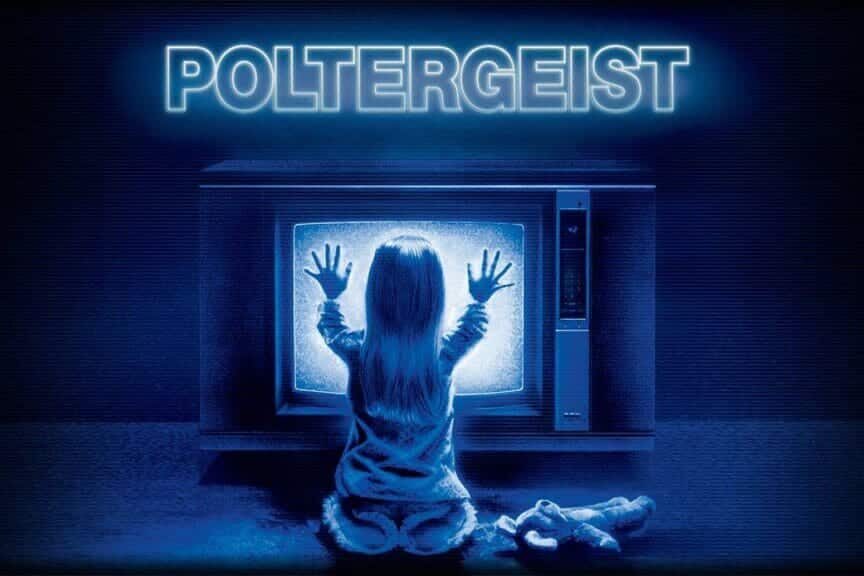
Sometimes the magic of Hollywood comes with shadows that never quite fade. It started as a supernatural story on screen, but soon the horror seemed to bleed into real life. After Poltergeist hit theaters, several cast members including Heather O’Rourke and Dominique Dunne died tragically young. Fans began whispering about a curse surrounding the film, believing real skeletons used on set stirred something dark. Actor Craig T. Nelson once said some things just didn’t add up. Whether coincidence or something deeper, the Poltergeist legacy still gives people chills decades later.
The Exorcist (1973)
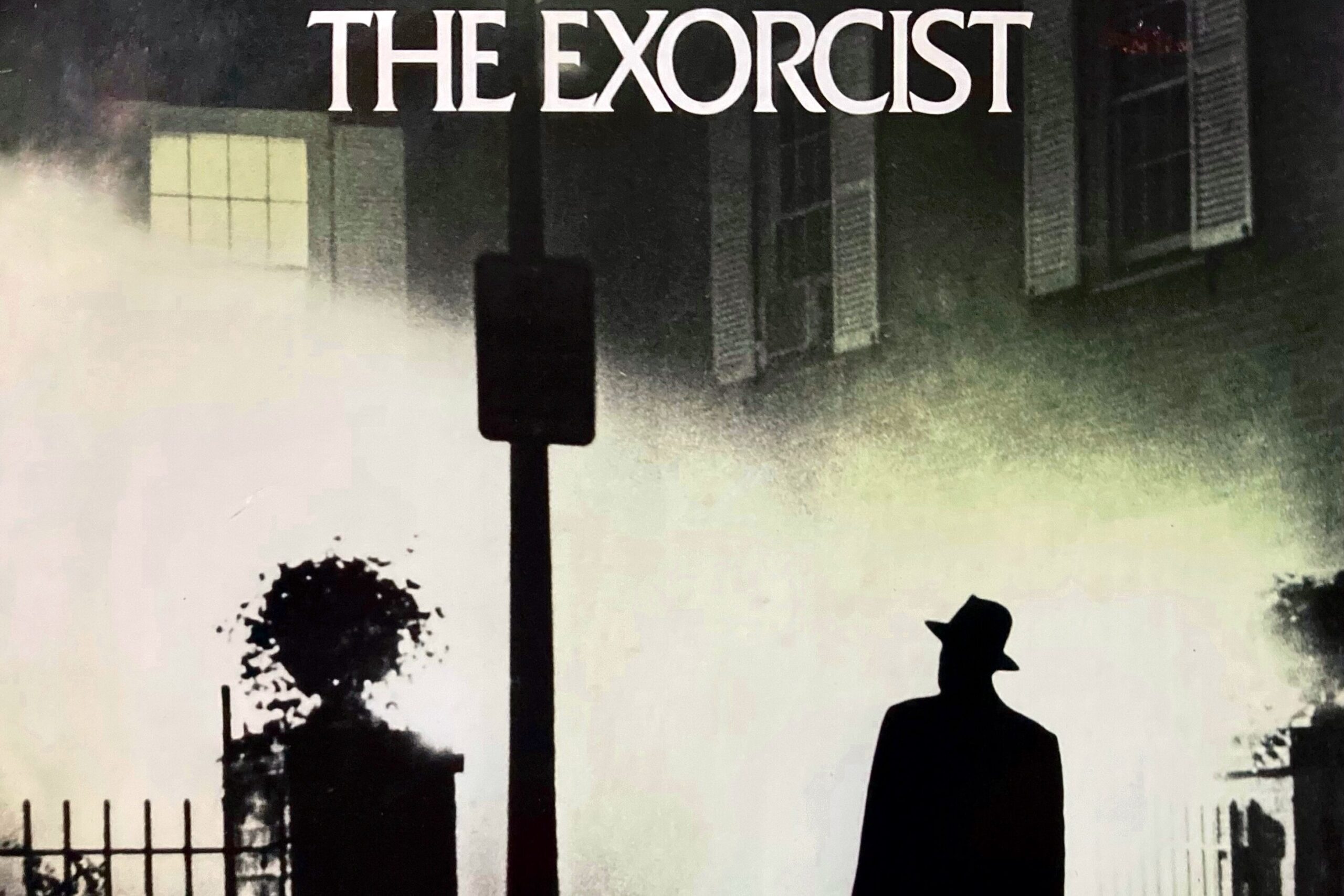
When The Exorcist premiered, audiences fainted in theaters, but the chaos started long before. A fire destroyed most of the set except for Regan’s room, leaving the crew shaken. Director William Friedkin brought in a priest to bless everyone and ease growing fears. Several actors were injured and two crew members died during production. Friedkin later said it wasn’t superstition but survival. The film’s intensity seemed to mirror its own dark story. Whether by fate or coincidence, The Exorcist remains a chilling reminder that some films carry their own unsettling energy.
The Omen (1976)
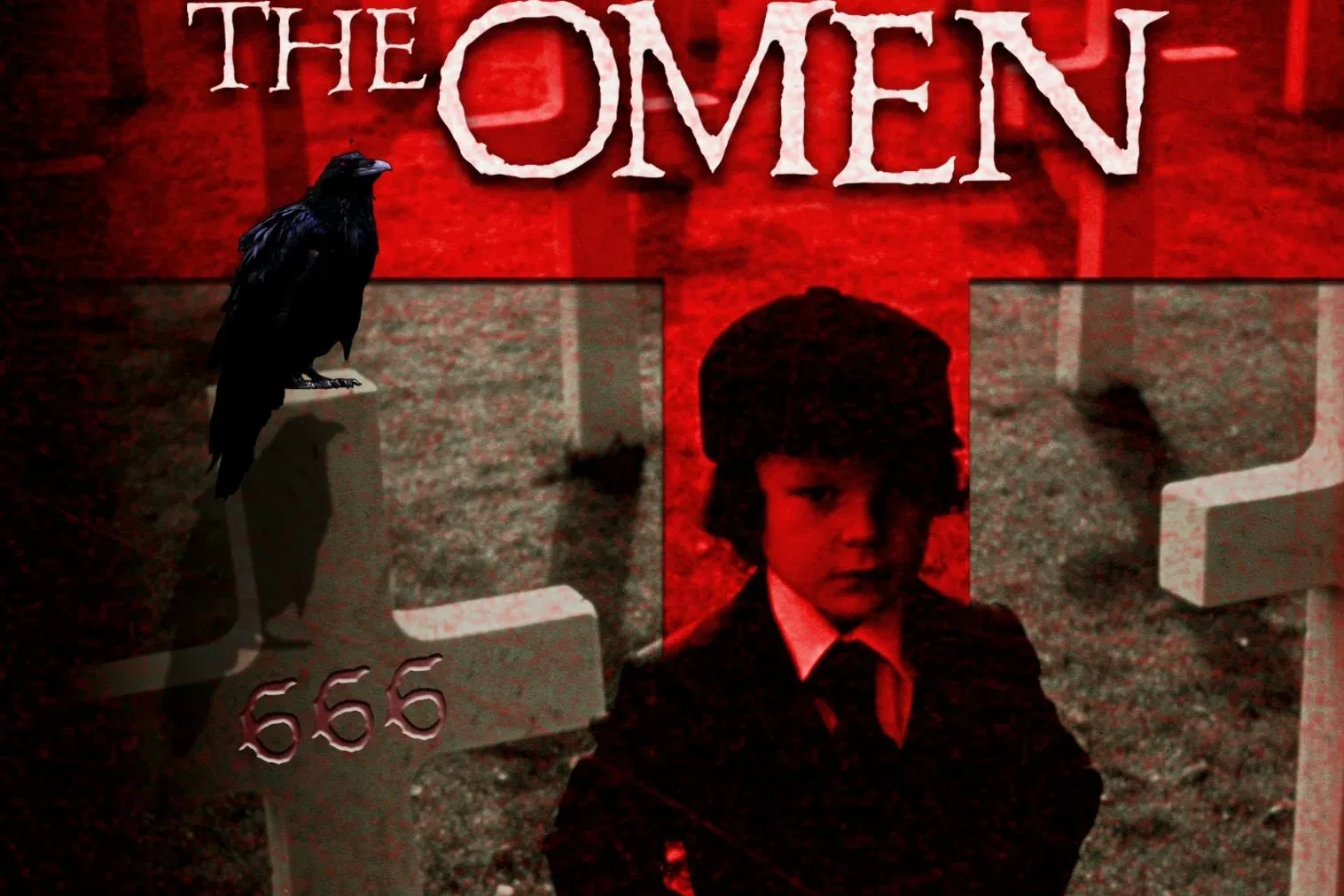
The Omen was meant to terrify audiences, but it terrified its makers first. A plane crash killed crew members, lightning struck producer Harvey Bernhard, and an animal handler was mauled by a lion after working on the film. Even star Gregory Peck’s flight was struck by lightning on the way to set. People began calling it cursed, as accidents kept piling up. Bernhard once admitted it felt like the movie didn’t want to be made. The eerie coincidences surrounding this story about the Antichrist made its reputation impossible to ignore.
The Crow (1994)
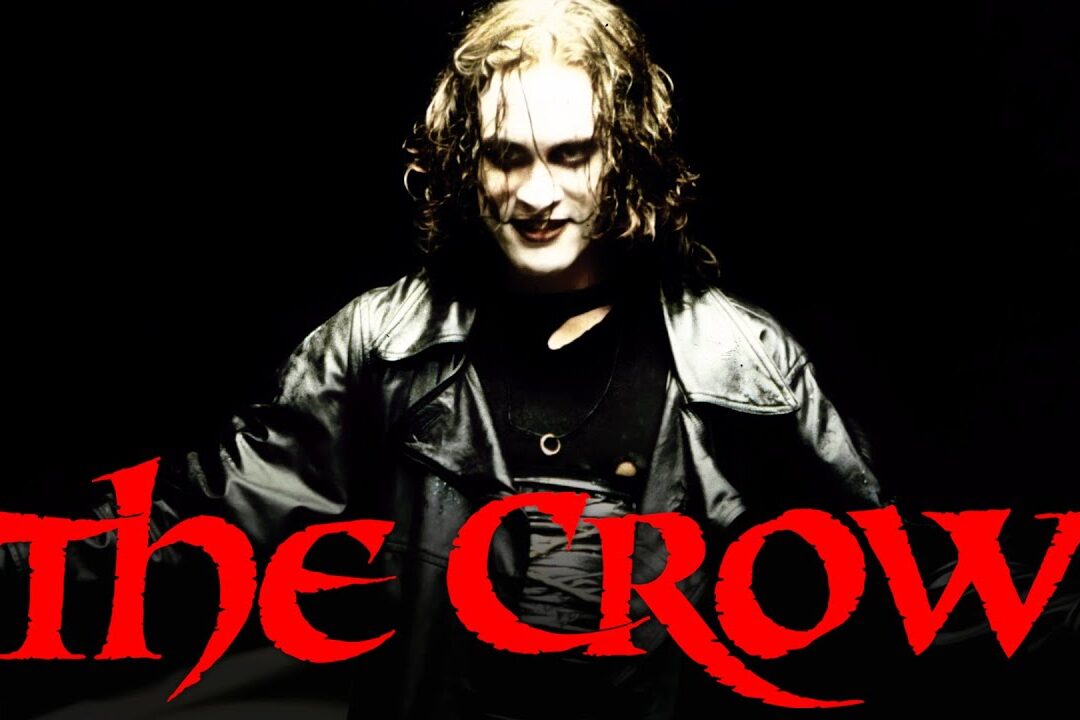
The Crow was meant to launch Brandon Lee into stardom, but it ended his life instead. Lee died after being accidentally shot with a prop gun that was improperly prepared, only days before filming wrapped. The accident mirrored his character’s death in the film, making the tragedy even harder to bear. Crew members recalled an uneasy feeling that lingered on set long before the incident. For many, the tragedy served as a grim reminder of how quickly art can imitate life, leaving The Crow forever marked by heartbreak.
Rosemary’s Baby (1968)

Roman Polanski’s Rosemary’s Baby blurred the line between fiction and reality in ways that still unsettle people today. The film’s story about paranoia and evil took a dark turn when Polanski’s wife, Sharon Tate, was murdered by the Manson Family only a year later. The composer also died under mysterious circumstances. Even those who didn’t believe in curses admitted the coincidence was disturbing. The movie’s eerie atmosphere seemed to echo through real life, creating an association between art and tragedy that Hollywood has never been able to shake off.
Twilight Zone The Movie (1983)
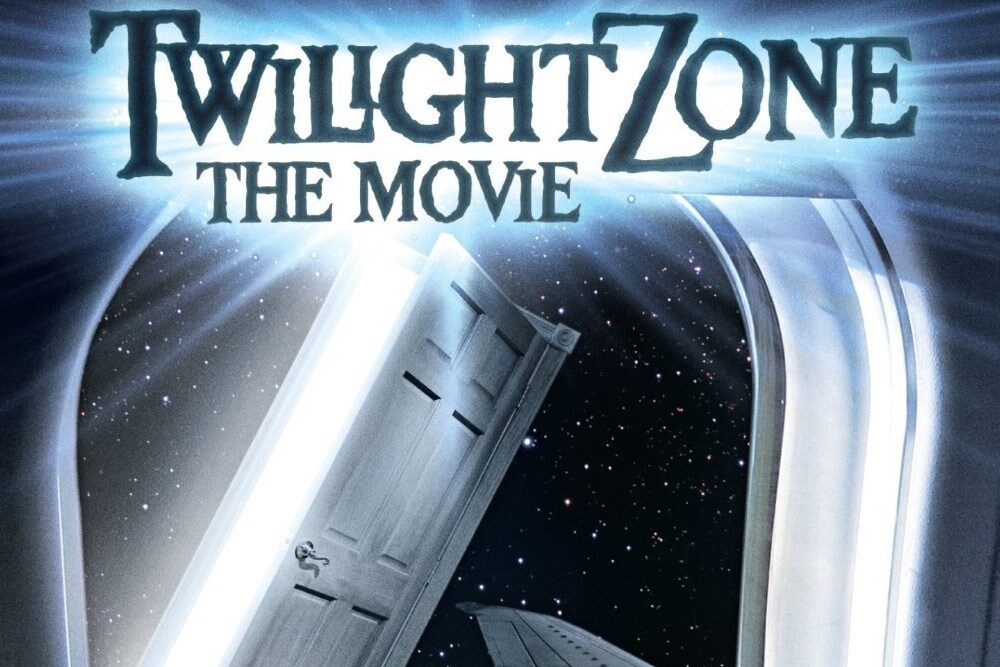
What was meant to honor a classic series became one of the darkest moments in film history. During the filming of Twilight Zone The Movie, actor Vic Morrow and two child actors were killed in a helicopter accident. The tragedy shocked the entire industry and led to lasting changes in film safety laws. Director John Landis described it as the worst night of his life. Decades later, the accident still overshadows the film itself. It stands as a sobering reminder that some creative risks simply come at too great a cost.
Superman (1978)

The Superman films brought joy to millions, but those who played the Man of Steel often met tragedy. George Reeves, star of the 1950s series, was found dead under mysterious circumstances, and Christopher Reeve later suffered paralysis after an accident. Fans began whispering about a Superman curse that followed its stars. Margot Kidder once said it was probably bad luck, yet too strange to ignore. For a symbol of hope and invincibility, the tragedies behind Superman’s story feel hauntingly ironic and left a bittersweet shadow on an iconic legacy.
The Passion of the Christ (2004)
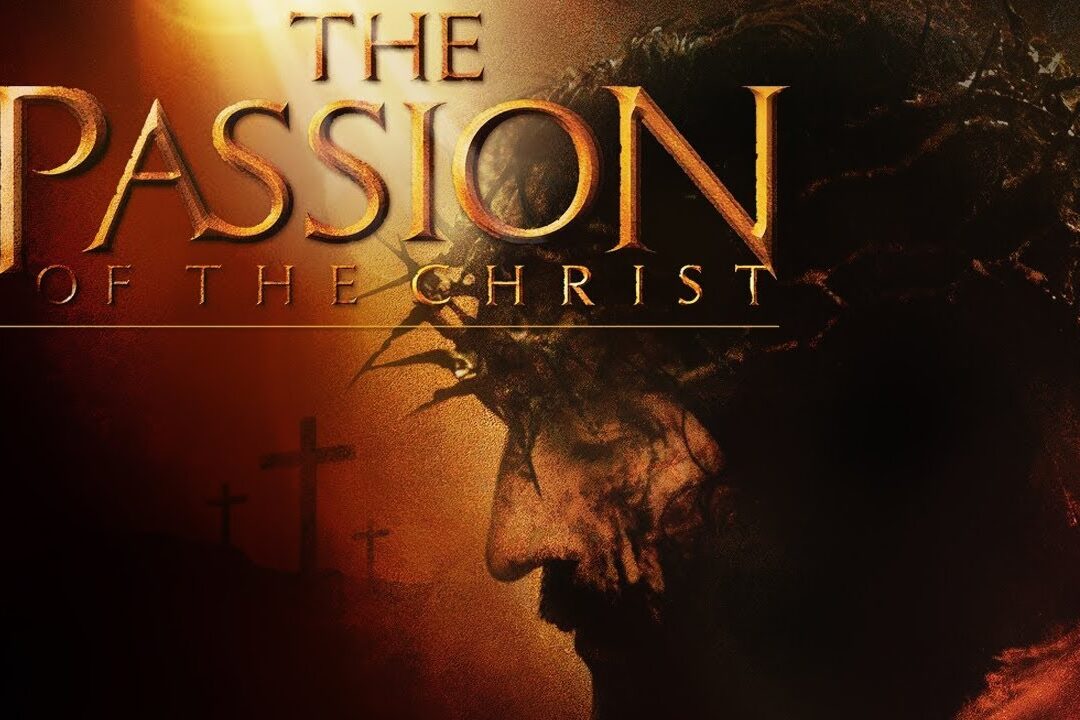
The Passion of the Christ was powerful, but filming it came with eerie challenges. Actor Jim Caviezel was struck by lightning while portraying Jesus, and the assistant director was too. Caviezel suffered pneumonia, a dislocated shoulder, and other injuries during shooting. He later said he felt called to finish the role no matter the cost. While some viewed these incidents as spiritual tests, others saw them as strange coincidences. Either way, the production became a story of faith, endurance, and the mysterious risks that sometimes surround powerful storytelling.
The Conjuring Universe

The Conjuring films are based on true stories, which may explain why strange events often surrounded their production. Vera Farmiga said claw-like marks once appeared on her laptop screen after discussing the film, and Patrick Wilson admitted hearing unexplained noises while filming. Crew members occasionally asked priests to bless the set before scenes. Whether psychological or paranormal, the strange moments became part of the films’ eerie reputation. Even skeptics couldn’t help but feel uneasy, blurring the line between fiction and reality in ways that felt uncomfortably real.
Apocalypse Now (1979)
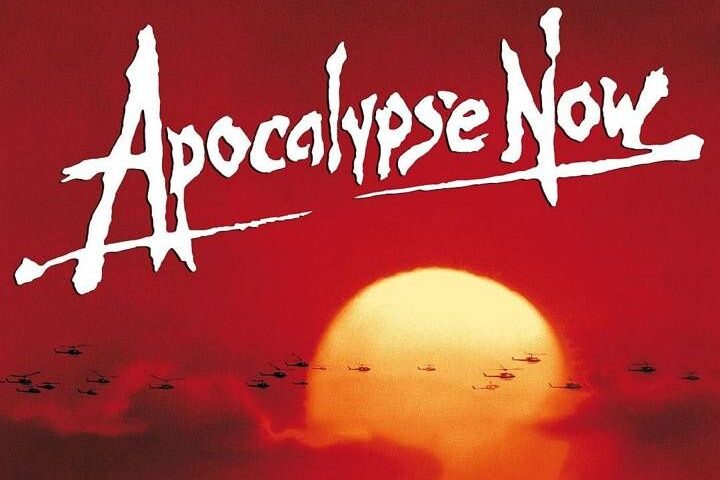
Francis Ford Coppola’s Apocalypse Now became as legendary for its chaos as for its artistry. The production was plagued by typhoons that destroyed sets, constant illness, and Martin Sheen’s heart attack during filming. Coppola later admitted the project nearly drove everyone insane. He said they had too much money, too much equipment, and no sense of control. The madness mirrored the war they were portraying, making the finished film feel almost too authentic. Apocalypse Now proved that sometimes the making of a masterpiece can feel like surviving a war itself.
The Wizard of Oz (1939)

Behind The Wizard of Oz’s colorful magic was a trail of real suffering. Margaret Hamilton, who played the Wicked Witch, was badly burned during a special effects mishap, while the Tin Man’s makeup contained toxic aluminum powder that sent the original actor to the hospital. Even Judy Garland struggled under harsh studio pressure and long working hours. Despite the hardship, the film became a timeless classic. Its charm and wonder endure, though its behind-the-scenes pain serves as a reminder that Hollywood’s glitter often hides deeper human cost.
The Dark Knight (2008)
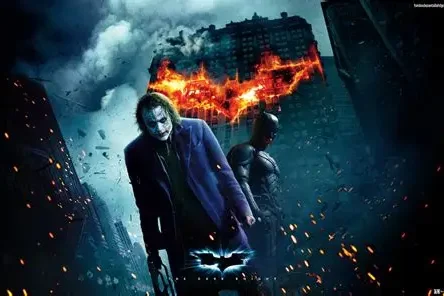
Heath Ledger’s unforgettable performance as the Joker in The Dark Knight came at a heartbreaking price. Before the film’s release, Ledger passed away, leaving fans stunned and mourning. During production, several accidents occurred, including the death of a stunt technician. Director Christopher Nolan later said finishing the film was both beautiful and painful. Ledger’s absence left a void that echoed through every frame. The Dark Knight remains one of cinema’s greatest achievements but also one of its saddest, forever tied to the loss of a once-in-a-generation talent.
Rebel Without a Cause (1955)
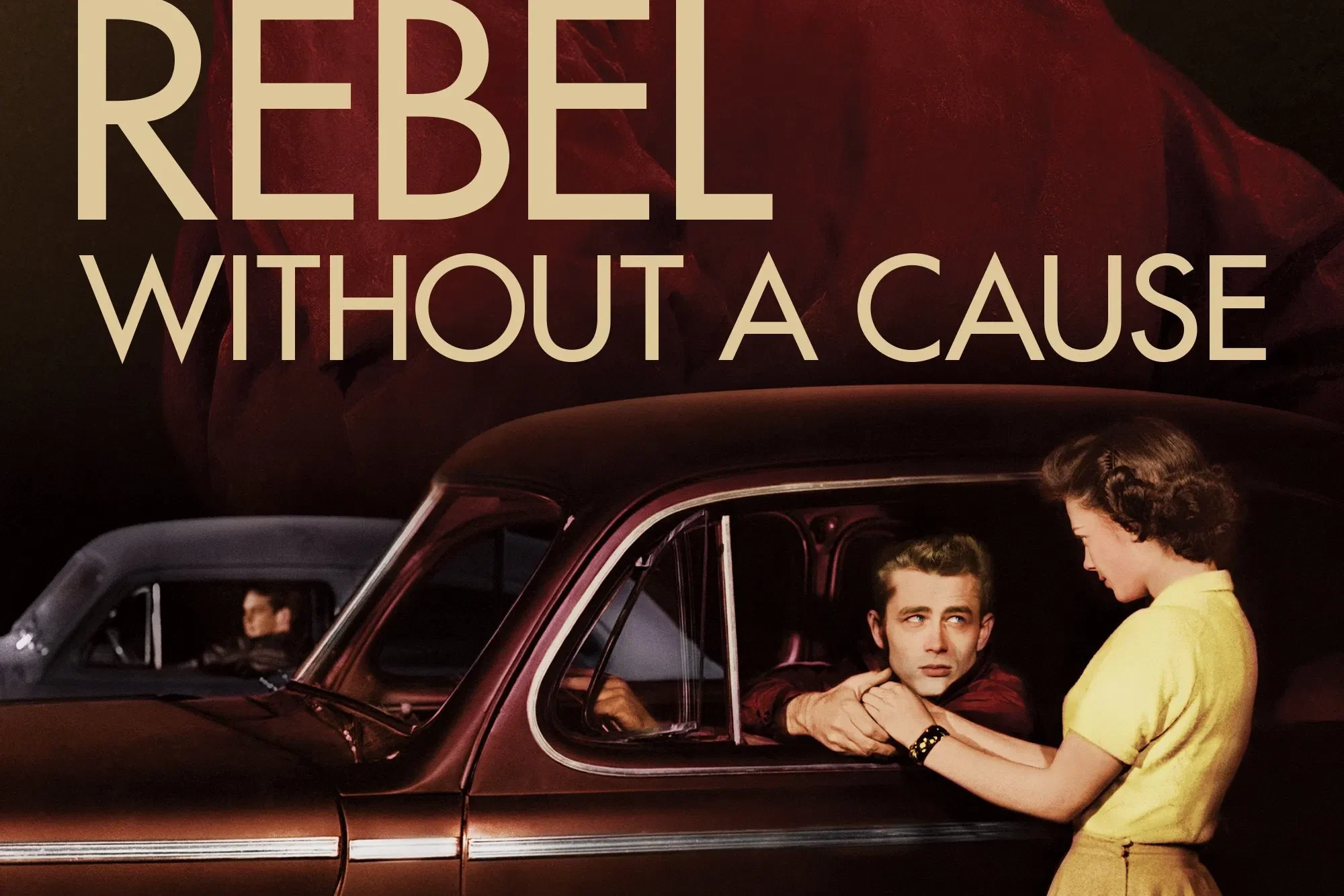
Rebel Without a Cause captured the restless spirit of teenage rebellion, but its legacy soon turned haunting. James Dean died in a car crash before the film’s release, Natalie Wood drowned under mysterious circumstances, and Sal Mineo was murdered outside his home. Fans couldn’t ignore the eerie pattern of tragedy among its stars. Dean’s Porsche, nicknamed Little Bastard, was even involved in several accidents after his death. Director Nicholas Ray once reflected that the film carried a strange sadness that felt too real. Its brilliance remains forever tied to heartbreak.
The Matrix (1999)
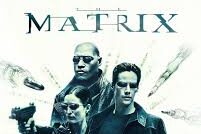
The Matrix revolutionized sci-fi filmmaking, but it came with its share of strange misfortunes. Keanu Reeves underwent neck surgery before shooting, and Carrie-Anne Moss broke her leg but kept filming without telling anyone. Crew members suffered repeated injuries during wire stunts, and production delays seemed endless. The film’s themes of illusion and control oddly mirrored its chaotic creation. Despite everything, the finished movie became iconic, yet the stories from behind the scenes made many wonder if reality itself was trying to fight back against being rewritten.
The Adventures of Superman (1952)
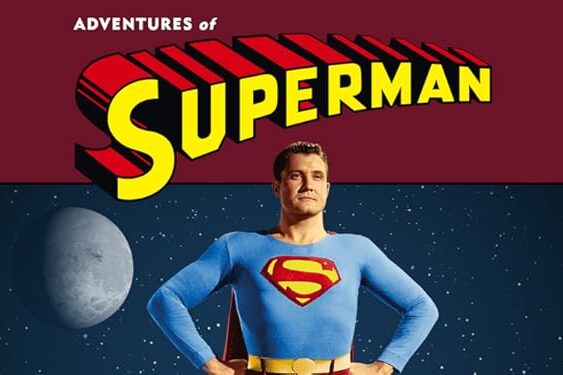
Before Christopher Reeve, George Reeves wore the cape on television, but his fate shocked fans. Found dead from a gunshot wound, his death was ruled a suicide, though many doubted it. People began whispering about a curse tied to anyone who played Superman. Others connected the tragedies of later actors to the same legend. Reeves’s story turned into one of Hollywood’s earliest real-life mysteries, where fame, pressure, and misfortune intertwined. It remains a haunting reminder that even heroes on screen are still vulnerable behind the spotlight.
Atuk (Unproduced)
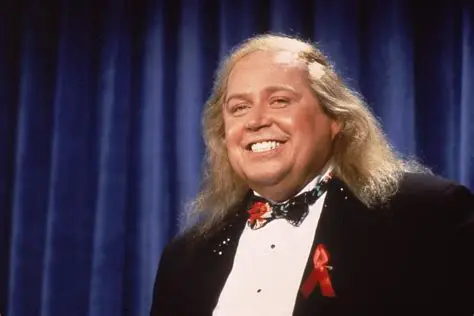
Atuk was never completed, yet it earned one of Hollywood’s strangest reputations. Every actor attached to star in it, including John Belushi, Sam Kinison, John Candy, and Chris Farley, died unexpectedly before filming began. The dark comedy about an Inuit man in New York was based on a lighthearted book, but behind the scenes it became infamous. People joked that the script itself was cursed, and producers refused to continue. Whether pure coincidence or something unexplainable, Atuk remains the movie that no one wants to bring to life again.
The Passion of Joan of Arc (1928)
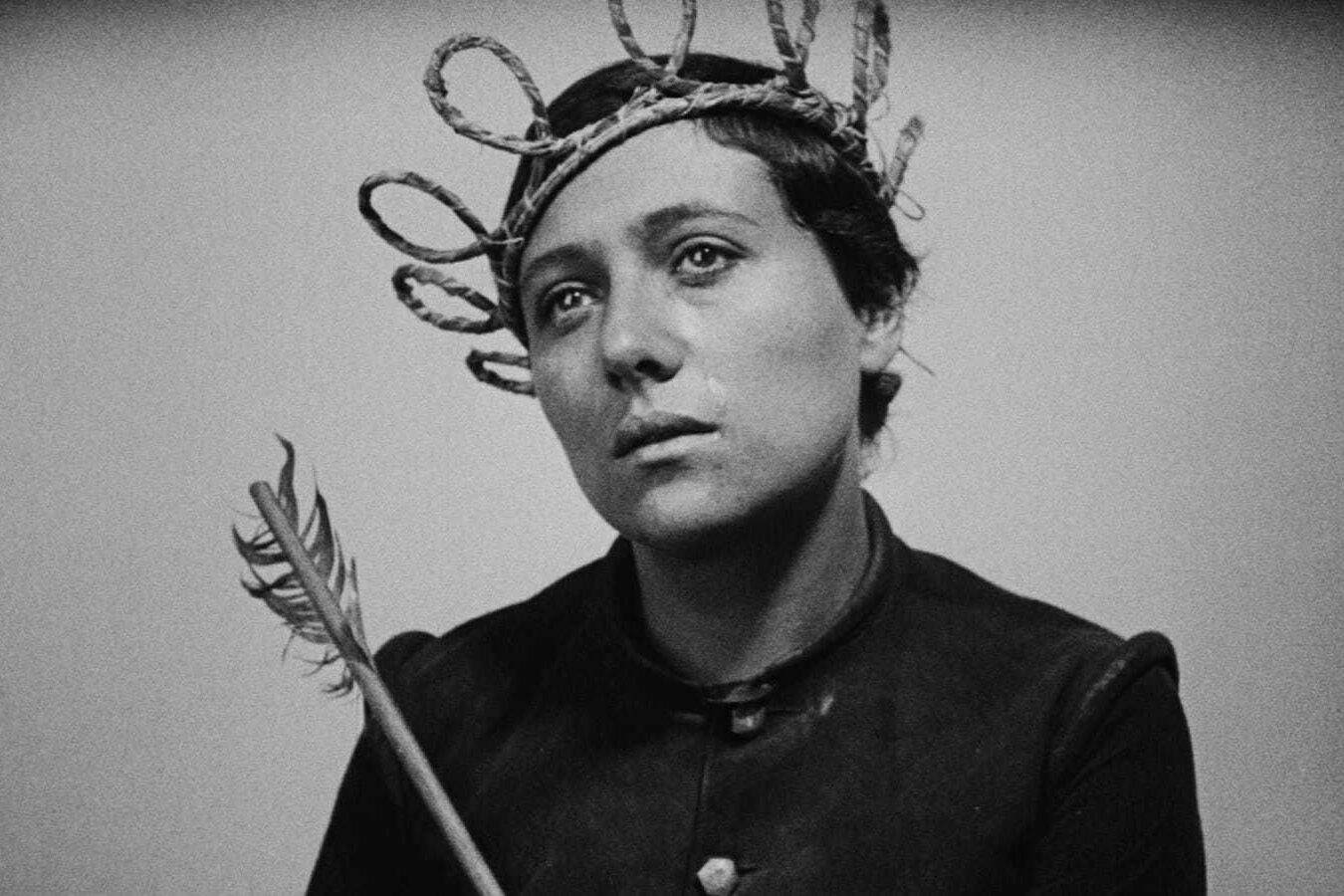
Carl Theodor Dreyer’s The Passion of Joan of Arc faced disaster from the start. The original film reels were destroyed in a studio fire, forcing Dreyer to recreate scenes from alternate takes. Then, that second version was also lost in another fire. Lead actress Renée Jeanne Falconetti gave a soul-baring performance that left her emotionally shattered, and she never acted again. Decades later, a complete copy resurfaced in an asylum basement. Its haunting imagery and tragic history became inseparable, making it one of cinema’s most spiritually charged and eerie masterpieces.
The Amityville Horror (1979)
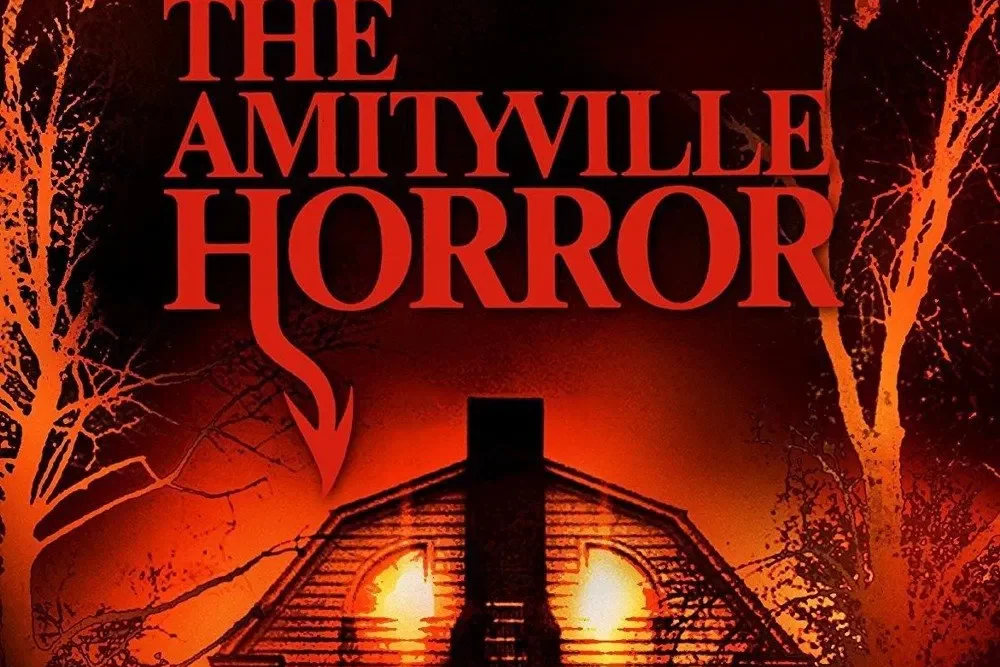
The Amityville Horror blurred lines between reality and legend. The cast reported unsettling moments during filming, including sudden chills and strange malfunctions. James Brolin once admitted that reading the script made him uneasy. Margot Kidder described the set as feeling heavy, as if something unseen was watching. After filming ended, the real Amityville house continued drawing curious visitors and skeptics alike. Whether haunted or hyped, the combination of superstition, tragedy, and timing turned this movie into one of the most talked-about horror productions in Hollywood history.
The Passion Flower (1952)
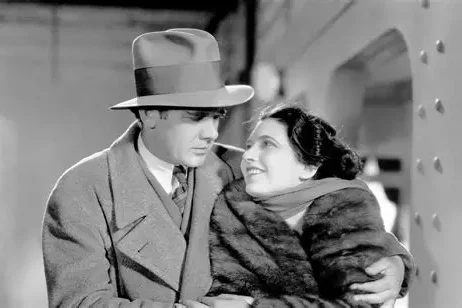
Though barely remembered today, The Passion Flower carried whispers of misfortune long after its release. Within a year of production, several crew members reportedly passed away unexpectedly, leading to talk of a hidden curse. Surviving cast members spoke of strange coincidences and illnesses that followed. Hollywood gossip columns dubbed it “the jinxed picture.” With time, it quietly disappeared from theaters and archives alike. The film’s disappearance only deepened the mystery, turning it into a shadowy piece of cinema folklore that still fascinates collectors and historians to this day.
The Innkeepers (2011)
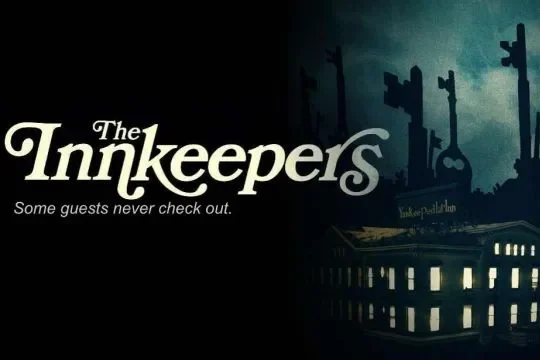
Director Ti West filmed The Innkeepers in a hotel rumored to be haunted, and cast members claimed the energy felt disturbingly real. Sara Paxton confessed she heard knocks on her door when no one was there, while crew equipment malfunctioned repeatedly. Each night’s shoot seemed to stir something different. West later said the eeriness improved the film’s tone, though everyone left relieved when production wrapped. Whether supernatural or suggestive, the unease translated beautifully on screen, proving that sometimes, the scariest part of a ghost story happens behind the camera.
The Man Who Killed Don Quixote (2018)

Few films suffered like Terry Gilliam’s The Man Who Killed Don Quixote. The director spent decades trying to finish it, only to face endless problems. Floods destroyed sets, lead actors dropped out, and financial issues nearly ended his career. A documentary titled Lost in La Mancha captured the chaos. When the film finally premiered in 2018, Gilliam joked it had taken a lifetime. The obstacles became part of its identity, transforming it into a symbol of persistence, obsession, and how passion can border dangerously close to a creative curse.
The Abyss (1989)
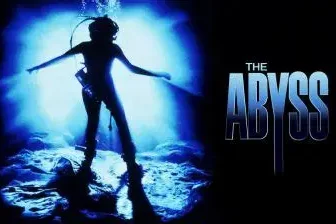
Filming The Abyss pushed its cast and crew to breaking point. Most of the movie was shot underwater in freezing conditions, leaving the actors exhausted and terrified. Ed Harris almost drowned during one scene and later admitted he was emotionally scarred by the experience. Mary Elizabeth Mastrantonio collapsed from exhaustion and temporarily walked off set. Director James Cameron was relentless, believing realism mattered most. The result was breathtaking, but the process became infamous. The Abyss remains both a technical triumph and a cautionary tale about ambition’s heavy toll.
The Ring (2002)
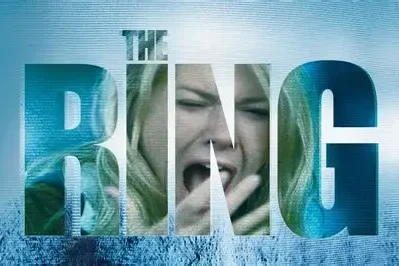
The Ring was about a cursed videotape, but some crew members believed the film itself carried strange energy. Naomi Watts admitted she couldn’t shake off the film’s darkness after shooting, and several scenes were disrupted by sudden power failures. A flood even struck one of the main filming locations days after wrapping. The eerie coincidences helped fuel marketing for the movie, but behind the scenes, people genuinely felt uneasy. Whether true or not, The Ring proved how imagination and fear can blur until even filmmakers question what’s real.
The Possession (2012)

Based on the legend of the Dybbuk box, The Possession came with unsettling stories before filming even began. Cast and crew refused to handle the real box that inspired the film. During production, lights exploded, and unexplained malfunctions disrupted scenes. After wrapping, a mysterious fire destroyed the storage warehouse containing the film’s props. Actor Jeffrey Dean Morgan admitted the experience changed his perspective on coincidences. Whether cursed or not, the strange events surrounding The Possession helped cement its place among Hollywood’s eeriest modern horror productions.
The Exorcism of Emily Rose (2005)

Jennifer Carpenter, who played Emily Rose, claimed her radio alarm turned on by itself at 3 a.m. each night during production. The same song played every time. Crew members reported hearing odd noises, and the director brought in priests to bless the set. Everyone admitted the experience felt heavy and draining. The eerie coincidences made the film’s themes of belief and doubt even more haunting. The Exorcism of Emily Rose became both a powerful courtroom drama and a reminder that some stories seem to carry real spiritual weight.
The Witches of Eastwick (1987)

Behind The Witches of Eastwick’s humor and fantasy were unexpected disasters. Jack Nicholson’s car caught fire for no apparent reason, and several weather delays disrupted filming. Cher and the director reportedly clashed constantly, calling the project exhausting. Yet through all the chaos, the final film radiated a strange charm that audiences adored. Looking back, the tension and accidents seemed to mirror the movie’s magical mischief perfectly. Sometimes the trouble behind the scenes adds an unplanned energy, giving a film the same spark that defines its wildest moments.
The Inn of the Damned (1975)
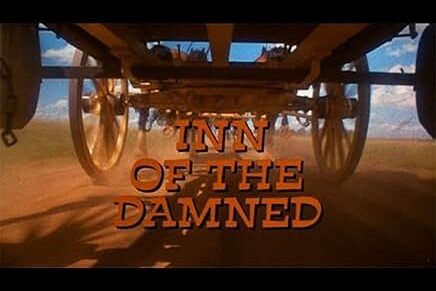
While filming The Inn of the Damned in Australia, strange mishaps became routine. Equipment failed without explanation, and a crew truck rolled into a ravine, narrowly avoiding tragedy. Injuries and accidents mounted until some workers quit altogether. Director Terry Bourke told reporters that the production felt cursed from day one. Despite the chaos, the eerie energy translated beautifully into the final film. The Inn of the Damned may not be widely known, but among those who were there, its haunted reputation still lingers decades later.
The Nun (2018)
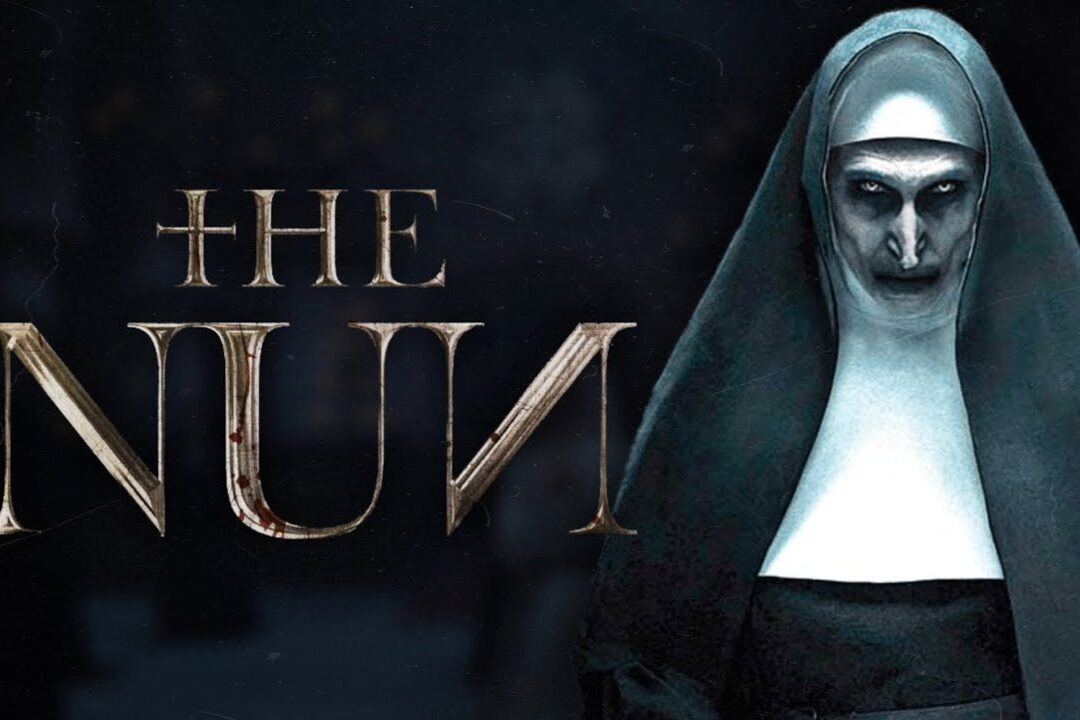
Filming The Nun in a centuries-old Romanian fortress added more fear than the script intended. Cast and crew heard footsteps in empty halls, and lights flickered in perfect rhythm with tense moments. Actress Taissa Farmiga admitted she felt watched constantly. The locals even warned them about filming in certain areas of the abbey after dark. While production wrapped safely, the stories from behind the scenes became almost as popular as the movie itself. The Nun proved that some horror films don’t need help creating fear, it simply finds them.
The Cursed (2021)
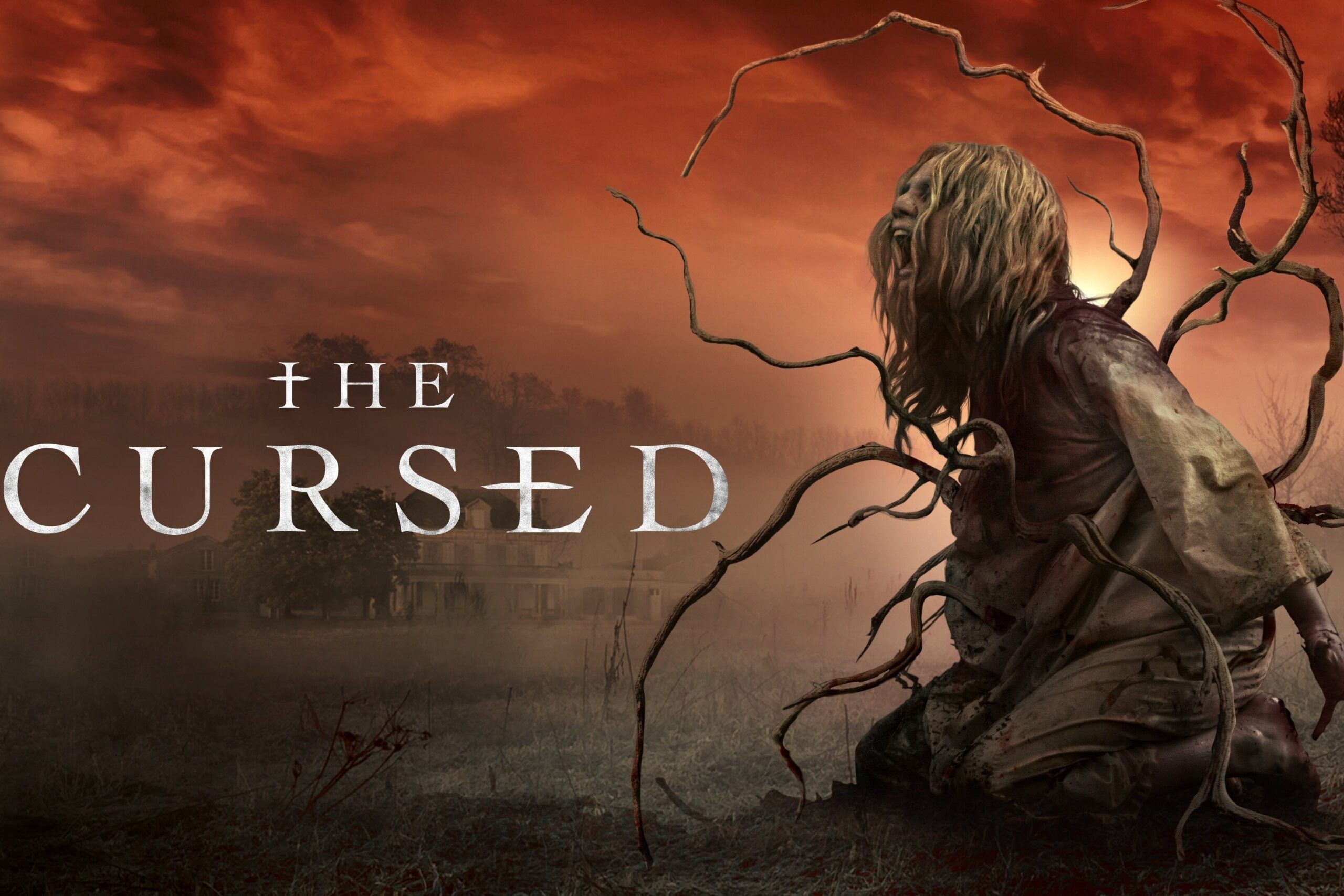
While The Cursed reinvented the werewolf legend, strange moments made the production live up to its title. Filmed in remote French countryside, sudden storms destroyed key sets, and several cast members fell ill without explanation. Director Sean Ellis later said the eerie mood of the story seemed to seep into everything around them. Even locals warned the crew about the filming site’s unsettling history. Despite the challenges, the film’s haunting tone turned out unforgettable, proving that even modern productions can carry the same mysterious aura that defined Hollywood’s classic curses.
The Others (2001)
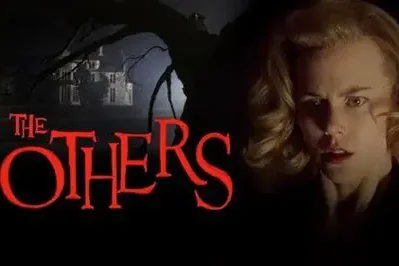
Nicole Kidman’s chilling performance in The Others remains one of her finest but filming it wasn’t without unease. Crew members reported flickering lights and malfunctioning equipment during night scenes, while Kidman admitted the story disturbed her deeply. Some claimed the filming location, a remote estate in Spain, carried its own ghostly legends. The quiet, heavy energy on set matched the movie’s tone so perfectly that it almost felt intentional. When filming wrapped, it left a quiet echo, like the story itself, reminding us that some movies never truly end, they just keep haunting softly.
This story Hollywood’s Most Cursed Productions was first published on Daily FETCH


